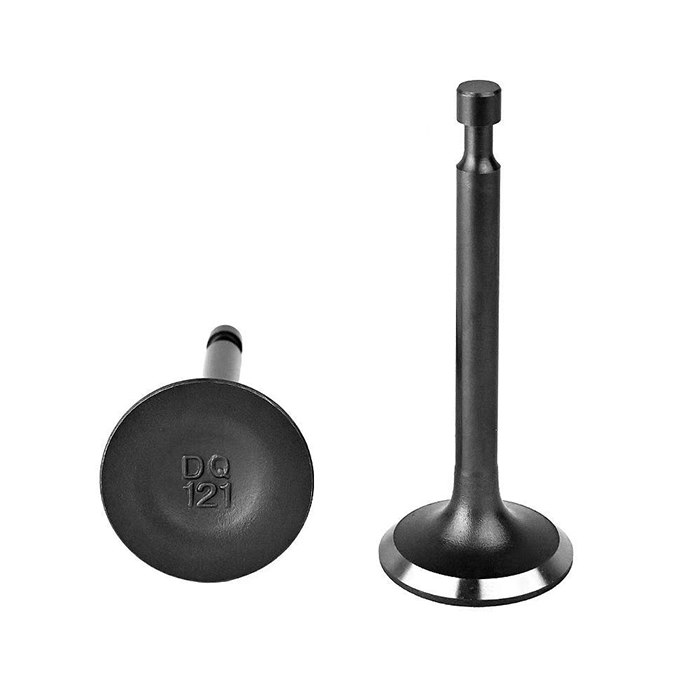In an increasingly interconnected world, shipping goods across borders has become a routine part of business operations and personal transactions alike. However, with the convenience of shipping comes the lurking threat of scams that can lead to significant financial losses and logistical nightmares. Whether you are a small business owner, an e-commerce entrepreneur, or simply someone looking to send a package, understanding how to protect yourself from shipping scams is crucial. This article will delve into advanced strategies to ensure your shipping experience is secure and reliable.
Understanding the Landscape of Shipping Scams
Before we explore preventive measures, it’s essential to recognize the various types of shipping scams that exist. These can range from fraudulent shipping companies that disappear with your goods to phishing schemes that target your personal information. Common scams include:
- Fake Shipping Companies: Scammers often create websites that mimic legitimate shipping services, offering unrealistically low rates to lure unsuspecting customers.
- Phishing Emails: Fraudsters may send emails that appear to be from reputable shipping companies, asking for sensitive information or payment details.
- Package Reshipping Scams: In these schemes, individuals are recruited to receive and forward packages, often unknowingly facilitating illegal activities.
Step-by-Step Strategies to Avoid Shipping Scams
- Research Shipping Companies Thoroughly
Before choosing a shipping provider, conduct comprehensive research. Look for:
- Reviews and Ratings: Check platforms like Trustpilot or Google Reviews to gauge the experiences of other customers.
- Business Credentials: Verify the company’s registration and licensing. Legitimate companies will have a physical address and contact information.
- Industry Reputation: Consult industry forums or social media groups to gather insights about the company’s reliability.
- Use Secure Payment Methods
When paying for shipping services, opt for secure payment methods that offer buyer protection, such as:
- Credit Cards: Most credit card companies provide fraud protection, allowing you to dispute unauthorized charges.
- Escrow Services: For high-value shipments, consider using an escrow service that holds the payment until the goods are delivered and verified.
- Be Wary of Unsolicited Communications
If you receive unexpected emails or messages claiming to be from a shipping company, exercise caution. Verify the sender’s email address and look for signs of phishing, such as:
- Poor Grammar and Spelling: Many phishing attempts contain noticeable errors.
- Urgency: Scammers often create a sense of urgency to prompt hasty decisions.
- Links and Attachments: Avoid clicking on links or downloading attachments from unknown sources.
- Track Your Shipments
Utilize tracking services provided by reputable shipping companies. This allows you to monitor your package’s journey and ensures that it reaches its intended destination. If tracking information is not available or seems suspicious, it may be a red flag.
- Insure Your Shipments
For valuable items, consider purchasing shipping insurance. This provides financial protection in case your package is lost, damaged, or stolen. Ensure that you understand the terms of the insurance policy and the claims process.
Recognizing Red Flags
While the above strategies can significantly reduce your risk of falling victim to shipping scams, it’s also important to recognize red flags that may indicate a scam:
- Unrealistic Pricing: If a shipping quote seems too good to be true, it probably is. Compare rates from multiple providers to identify reasonable pricing.
- Lack of Customer Support: A legitimate shipping company will have accessible customer service. If you cannot reach them easily, consider it a warning sign.
- Pressure Tactics: Be cautious of companies that pressure you to make quick decisions or payments.
Conclusion: Empowering Yourself Against Shipping Scams
In conclusion, while the world of shipping can be fraught with potential scams, being informed and vigilant can significantly mitigate your risks. By conducting thorough research, using secure payment methods, and recognizing red flags, you can navigate the shipping landscape with confidence. Remember, the key to avoiding scams lies in your proactive approach—stay informed, stay cautious, and ensure that your shipping experience is as secure as possible.




